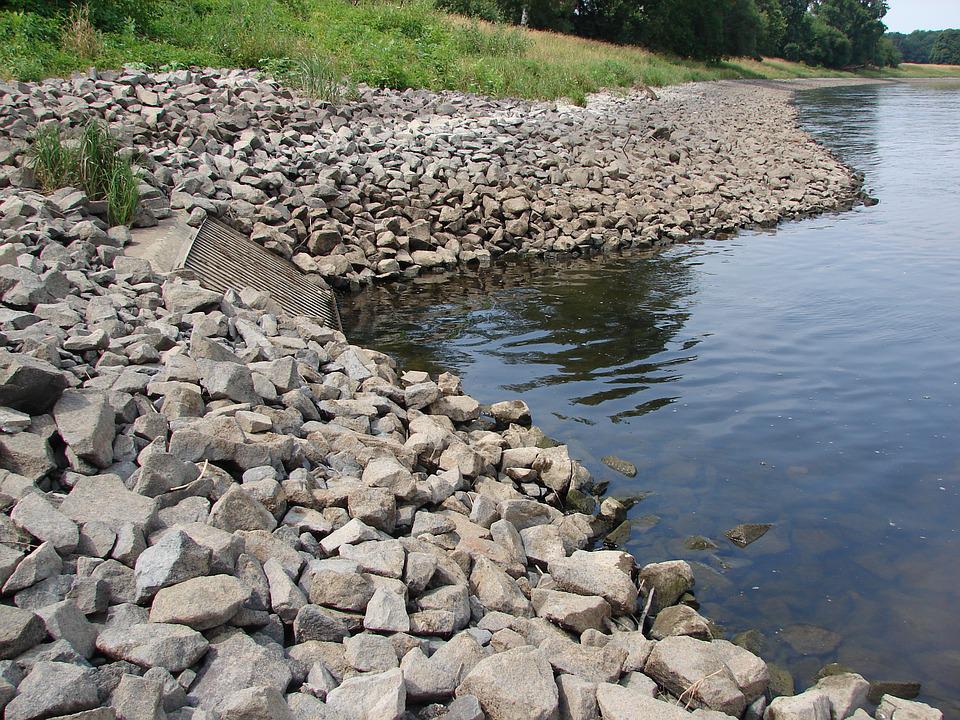The discharge of untreated domestic, industrial, agricultural and livestock wastewater leads to the pollution of receiving water bodies, reducing the quality of surface and groundwater, endangering the health of the population and the integrity of ecosystems.
The lack of wastewater treatment plants in cities and in industries, hotels and mining, agricultural and livestock farms causes large amounts of polluted wastewater that are very harmful to the environment. Most of this water is discharged into rivers, lakes, seas, open soil or subsoil, through septic tanks and landfills.

The first priority demanded by a community is the supply of water, with adequate quality and sufficient quantity. Once this objective has been achieved, another no less important one is the proper disposal of used water, which becomes a potential vehicle for many diseases and environmental disorders.
More than 1 billion tons of wastewater are discharged annually into the world’s groundwater, rivers, lakes and oceans, contaminating them with heavy metals, solvents, oils, greases, detergents, acids, radioactive substances, fertilizers, pesticides and other chemicals. This chemical pollution of the environment has become one of humanity’s most urgent global problems.
The priority is water supply, with adequate quality and sufficient quantity. Once this goal is achieved, proper disposal of used water that becomes a vehicle for disease and environmental disruption must be carried out.
The hope of yesteryear that the water cycle would act as a global purification plant and that the oceans would serve as universal garbage dumps for modern civilization has long since proved to be a fallacy, and water treatment systems and final disposal of waste to prevent pollution have become more than costly, unaffordable even for the most privileged economies.
